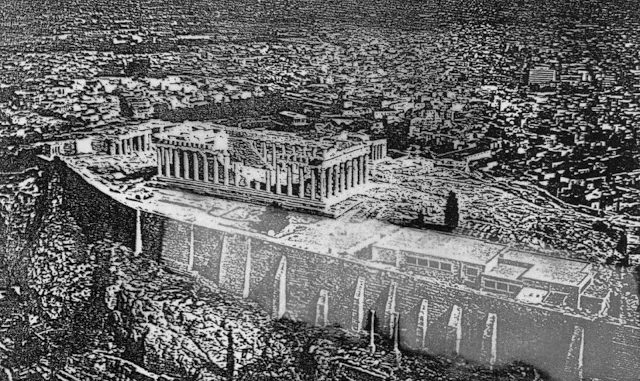
These rare photographs of Parthenon’s foundations, revealed in an unbelievable depth. Although the temple that stands on them is now known as Parthenon III, yet these foundations of the Acropolis of Athens were built approx 50 years earlier to keep Parthenon II on them, a temple that was never completed due to the Persian invasion in Athens in 480 BC. The foundations depth is 1.5 times the height of this very heavy building.
In the late 19th century (specifically 1885-1890), the Parthenon’s foundations were extensively excavated by archaeologists Panagiotis Kavvadias and Georg Kawerau, who worked under the supervision of Wilhelm Dörpfeld. This crucial excavation uncovered the foundations of an earlier temple, the Older Parthenon (or Parthenon I), revealing that the existing structure (Parthenon III) was built atop the substantial, though unfinished, foundations of a preceding building (Parthenon II) that was destroyed by the Persian invasion of 480 BCE. The findings, including architectural elements and artifacts like archaic marble Kores, provided essential insights into the history of the Acropolis and its construction sequence.
The excavations revealed that the Parthenon’s foundation is a true engineering marvel. It is a massive platform, or stylobate, made up of hundreds of carefully carved limestone blocks. These blocks were laid side-by-side in interlocking layers, stacked up to 22 layers deep, creating an incredibly dense and cohesive mass. This construction method, combined with the materials used, is believed to have given the Parthenon a natural seismic buffer, protecting it from significant earthquake damage for millennia.
The Parthenon’s foundations are also part of the temple’s subtle optical refinements. It was discovered that the floor of the Parthenon bulges slightly upward in the middle. This subtle curvature, which also exists in the entablature above the columns and even in the buried foundations, was a deliberate design choice to counteract the optical illusion of sagging that would occur with a perfectly straight line.
The excavation of the Parthenon’s foundations was a pivotal moment in Greek archaeology, not only for what it revealed about the temple itself but also for establishing a deeper understanding of the history of the Acropolis and ancient Greek civilization.

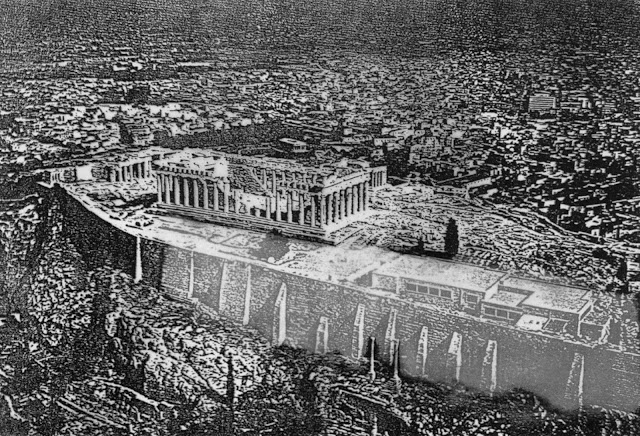
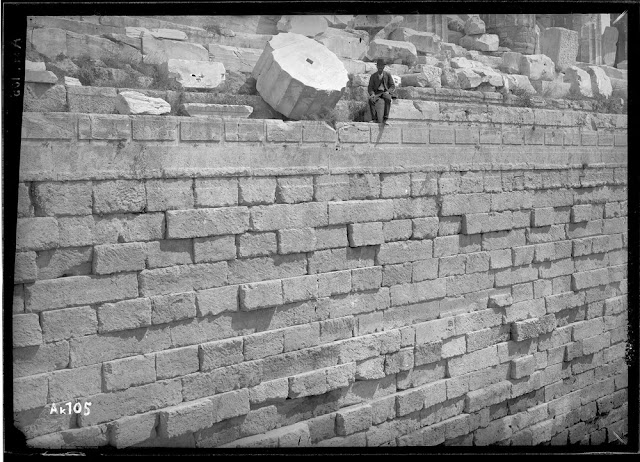
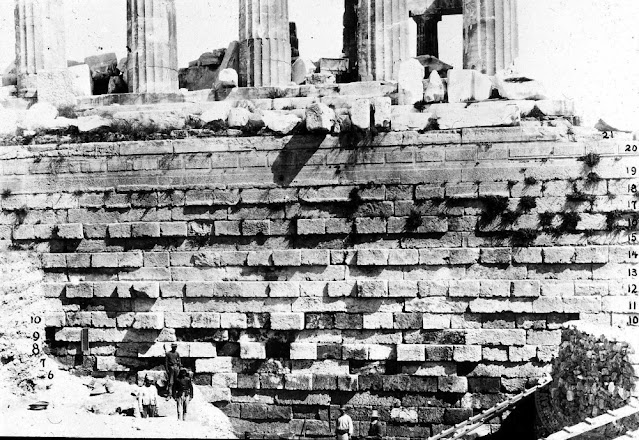
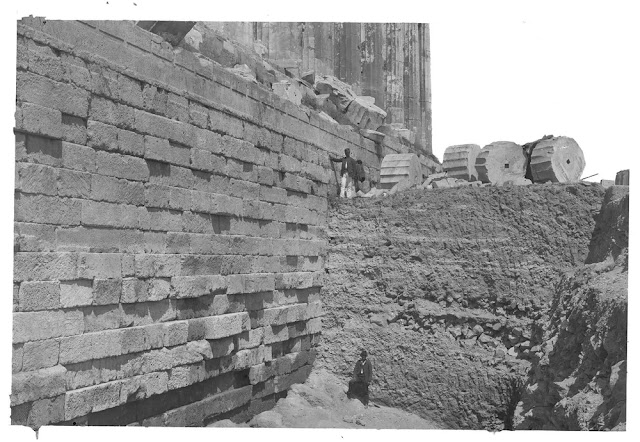
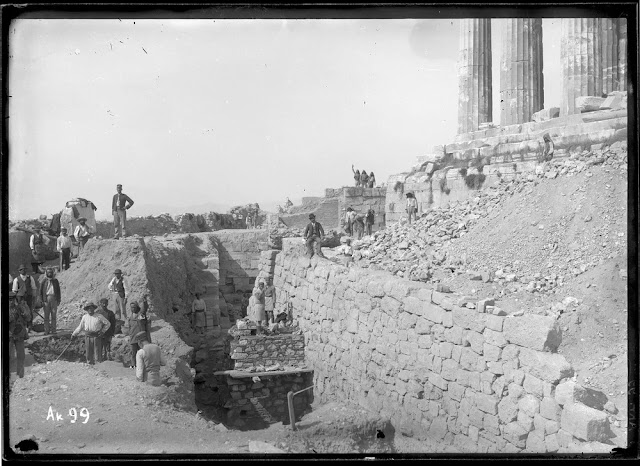
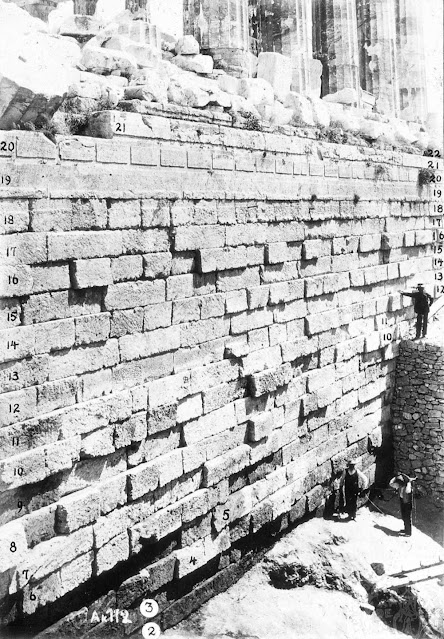
Leave a Reply